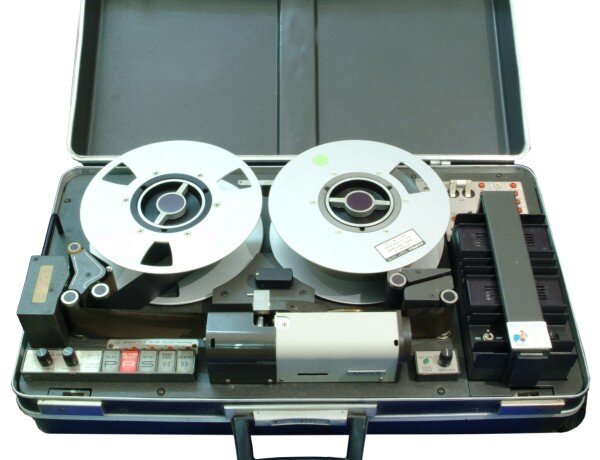Why Do I Need a Digital Recorder?
When it comes to shelling out for a digital voice recorder – or a fleet of DVRs – there are a few things you’ll need to consider. As you do your research, decide what features you want, what price you’re willing to absorb, and what your baseline expectations are for the device. This is usually a process of discovery, so don’t leap into a purchase without at least pretending to hearken to the far-away voice of your neglected inner procurement officer.
What Could Go Wrong?
Don’t forget to consider what you want to accomplish, what you’re using the device for. It’s natural and helpful to compare feature lists – but acknowledging what the voice recorder has to do is a great way to make sure you get what you need. It’s also a trustworthy tactic to prevent costly distractions.
Don’t Know What You Want?
Once you’ve surveyed the options and know generally what’s “on the menu” for digital dictation devices, you can use that information as a reference, a sense of the range of possibilities. In other words, you want to know what the technology is capable of accomplishing. Overlay that with your list of top must-haves. Also, make a list of must-haves, if you didn’t do that already.
Now you’re ready to step back and look at the scenario you’re trying to change, the problem you’re trying to solve. Where does the overlap lie? Which devices have the features that most closely resemble that overlap? Are there pricing or warranty considerations? All things being equal, what’s the reputation of the brand? What are other people saying about them? What do the experts say?
What Do You Know About Digital Voice Recorders?
Fair question.
We’ll save you some legwork and list out a few things that might come into play as you’re doing your research. Specifically, these are features that you find on professional-grade digital voice recorders that don’t often show up on consumer-grade devices.
1. On-device proofing and editing functionality: This includes, but is not limited to, insert editing, overwriting, and indexing. Some DVRs allow for comment marks as well. This is helpful if you want to make a sidebar about what you’re dictating and need to be able to identify it easily.
2. Increased attention to design and usability: This means larger, ergonomically-tuned craftsmanship, programmable button functionality, a shiny metal housing, slide switch options, and more.
3. Rechargeability. You all know what this means and why it’s important.
4. Security settings: This can include PIN access, fingerswipe biometrics, and device-based file encryption. For now. The future is coming.
5. Docking stations: These cradles allow you to transfer audio files to your computer quickly and simply. They can be paired with footpedals for playback control, and they simultaneously charge the dictation device.
6. Professional Software: You know what it is, but you may not know that you need it. Professional Workflow management software allows you to control the routing of your audio dictations based on a number of factors. As a rule of thumb, if you’re going to dictate on a regular basis, or if you want to route your dictations to a transcriptionist, you’re probably going to need this software. It’s not impossible to live without, but it’s a very-nice-to-have sort of thing.

